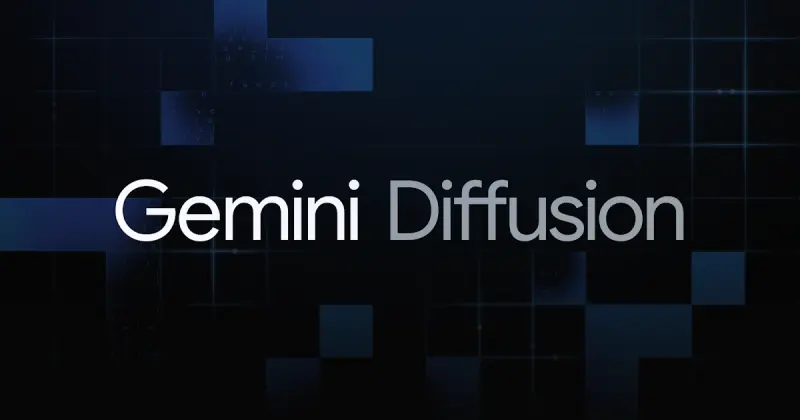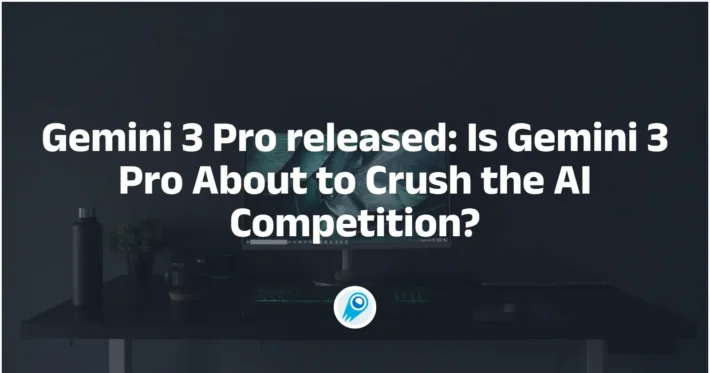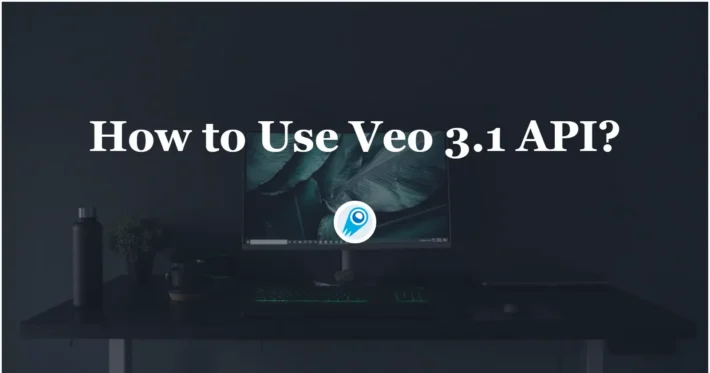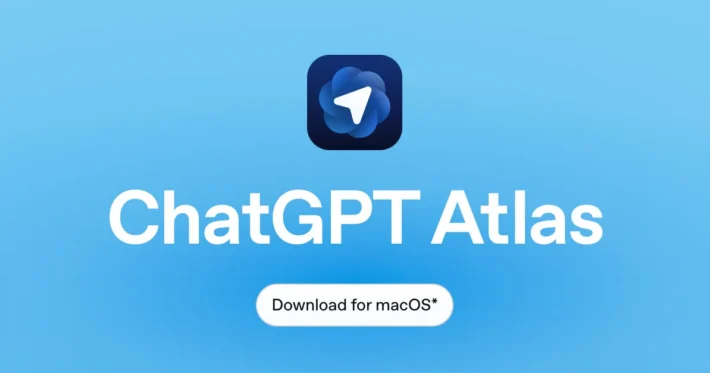What is Gemini Diffusion? All You Need to Know

On May 20, 2025, Google DeepMind quietly unveiled Gemini Diffusion, an experimental text diffusion model that promises to reshape the landscape of generative AI. Showcased during Google I/O 2025, this state-of-the-art research prototype leverages diffusion techniques—previously popular in image and video generation—to produce coherent text and code by iteratively refining random noise. Early benchmarks suggest it rivals, and in some cases outperforms, Google’s existing transformer-based models in both speed and quality.
What is Gemini Diffusion?
How is diffusion applied to text and code generation?
Traditional large language models (LLMs) rely on autoregressive architectures, generating content one token at a time by predicting the next word conditioned on all previous outputs. In contrast, Gemini Diffusion begins with a field of randomized “noise” and iteratively refines this noise into coherent text or executable code through a sequence of denoising steps. This paradigm mirrors the way diffusion models like Imagen and Stable Diffusion create images, but it is the first time such an approach has been scaled for text generation at production-like speeds.
Why “noise-to-narrative” matters
Imagine the static on a television screen when there’s no signal—random flickers without form. In diffusion-based AI, that static is the starting point; the model “sculpts” meaning from chaos, gradually imposing structure and semantics. This holistic view at each refinement stage allows inherent self-correction, mitigating issues such as incoherence or “hallucinations” that can plague token-by-token models.
Key Innovations and Capabilities
- Accelerated Generation: Gemini Diffusion can produce entire blocks of text simultaneously, significantly reducing latency compared to token-by-token generation methods .([mindpal.space][1])
- Enhanced Coherence: By generating larger text segments at once, the model achieves greater contextual consistency, resulting in more coherent and logically structured outputs .([Google DeepMind][4])
- Iterative Refinement: The model’s architecture allows for real-time error correction during the generation process, improving the accuracy and quality of the final output .([Google DeepMind][4])
Why did Google develop Gemini Diffusion?
Addressing speed and latency bottlenecks
Autoregressive models, while powerful, face fundamental speed limitations: each token depends on the preceding context, creating a sequential bottleneck. Gemini Diffusion disrupts this constraint by enabling parallel refinement across all positions, resulting in 4–5× faster end-to-end generation compared to similarly sized autoregressive counterparts . This acceleration can translate into lower latency for real-time applications, from chatbots to code assistants.
Pioneering new pathways to AGI
Beyond speed, diffusion’s iterative, global view aligns with key capabilities for artificial general intelligence (AGI): reasoning, world modeling, and creative synthesis. Google DeepMind’s leadership envisions Gemini Diffusion as part of a broader strategy to build more context-aware, proactive AI systems that can operate seamlessly across digital and physical environments.
How does Gemini Diffusion work under the hood?
The noise injection and denoising loop
- Initialization: The model starts with a random noise tensor.
- Denoising Steps: At each iteration, a neural network predicts how to slightly reduce noise, guided by learned patterns of language or code.
- Refinement: Repeated steps converge toward a coherent output, with each pass allowing error correction across the full context rather than relying solely on past tokens.
Architectural innovations
- Parallelism: By decoupling token dependencies, diffusion enables simultaneous updates, maximizing hardware utilization.
- Parameter Efficiency: Early benchmarks show performance on par with larger autoregressive models despite a more compact architecture.
- Self-Correction: The iterative nature inherently supports mid-generation adjustments, crucial for complex tasks like code debugging or mathematical derivations.
What benchmarks demonstrate Gemini Diffusion’s performance?
Token sampling speed
Google’s internal tests report an average sampling rate of 1,479 tokens per second, a dramatic leap over previous Gemini Flash models, albeit with an average startup overhead of 0.84 seconds per request . This metric underscores diffusion’s capacity for high-throughput applications.
Coding and reasoning evaluations
- HumanEval (coding): 89.6% pass rate, closely matching Gemini 2.0 Flash-Lite’s 90.2%.
- MBPP (coding): 76.0%, versus Flash-Lite’s 75.8%.
- BIG-Bench Extra Hard (reasoning): 15.0%, lower than Flash-Lite’s 21.0%.
- Global MMLU (multilingual): 69.1%, compared to Flash-Lite’s 79.0%.
These mixed results reveal diffusion’s exceptional aptitude for iterative, localized tasks (e.g., coding) and highlight areas—complex logical reasoning and multilingual understanding—where architectural refinements remain necessary.
How does Gemini Diffusion compare to prior Gemini models?
Flash-Lite vs. Pro vs. Diffusion
- Gemini 2.5 Flash-Lite offers cost-efficient, latency-optimized inference for general tasks.
- Gemini 2.5 Pro focuses on deep reasoning and coding, featuring the “Deep Think” mode for decomposing complex problems.
- Gemini Diffusion specializes in blazing-fast generation and self-correcting outputs, positioning itself as a complementary approach rather than a direct replacement .
Strengths and limitations
- Strengths: Speed, editing capabilities, parameter efficiency, robust performance on code tasks.
- Limitations: Weaker performance on abstract reasoning and multilingual benchmarks; higher memory footprint due to multiple denoising passes; ecosystem maturity lagging behind autoregressive tooling.
How can you access Gemini Diffusion?
Joining the early access program
Google has opened a waitlist for the experimental Gemini Diffusion demo—developers and researchers can sign up via the Google DeepMind blog. Early access aims to gather feedback, refine safety protocols, and optimize latency before broader rollout.
Future availability and integration
While no firm release date has been announced, Google hints at general availability aligned with the upcoming Gemini 2.5 Flash-Lite update. Anticipated integration paths include:
- Google AI Studio for interactive experimentation.
- Gemini API for seamless deployment in production pipelines.
- Third-party platforms (e.g., Hugging Face) hosting pre-released checkpoints for academic research and community-driven benchmarks.
By reimagining text and code generation through the lens of diffusion, Google DeepMind stakes a claim in the next chapter of AI innovation. Whether Gemini Diffusion ushers in a new standard or coexists with autoregressive giants, its blend of speed and self-correcting prowess promises to reshape how we build, refine, and trust generative AI systems.
Getting Started
CometAPI provides a unified REST interface that aggregates hundreds of AI models—including Gemini family—under a consistent endpoint, with built-in API-key management, usage quotas, and billing dashboards. Instead of juggling multiple vendor URLs and credentials.
Developers can access Gemini 2.5 Flash Pre API (model: gemini-2.5-flash-preview-05-20) and Gemini 2.5 Pro API (model: gemini-2.5-pro-preview-05-06)etc through CometAPI. To begin, explore the model’s capabilities in the Playground and consult the API guide for detailed instructions. Before accessing, please make sure you have logged in to CometAPI and obtained the API key.



